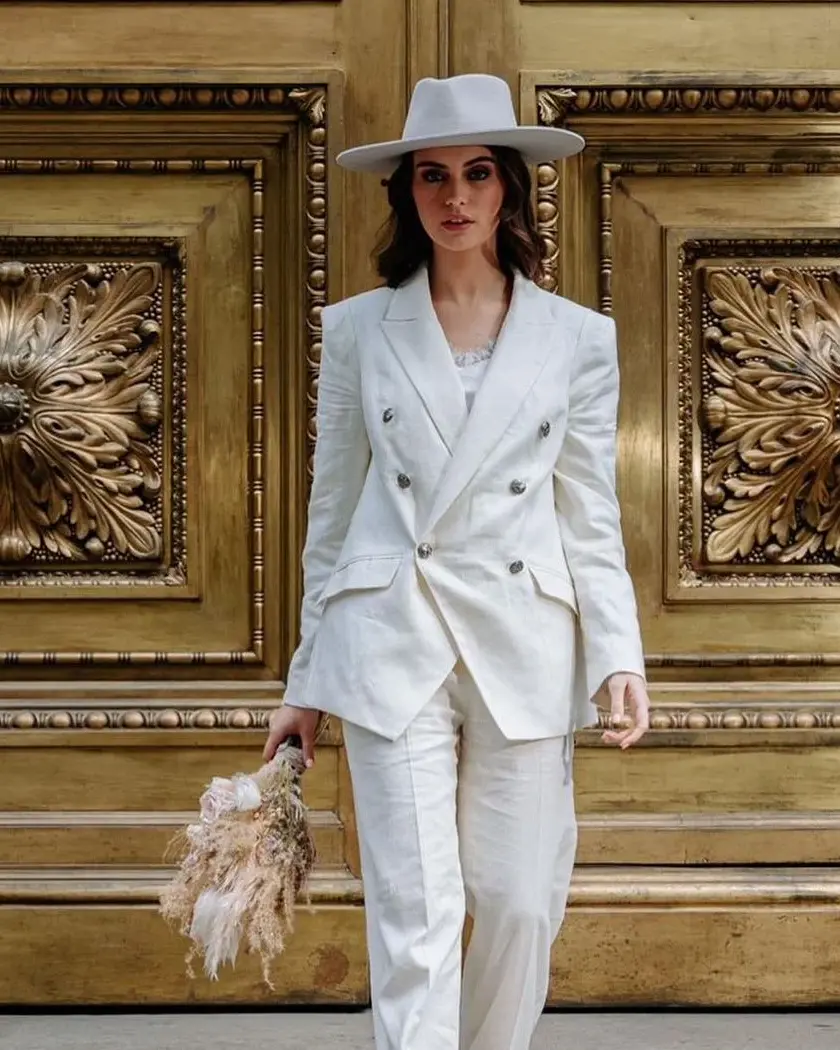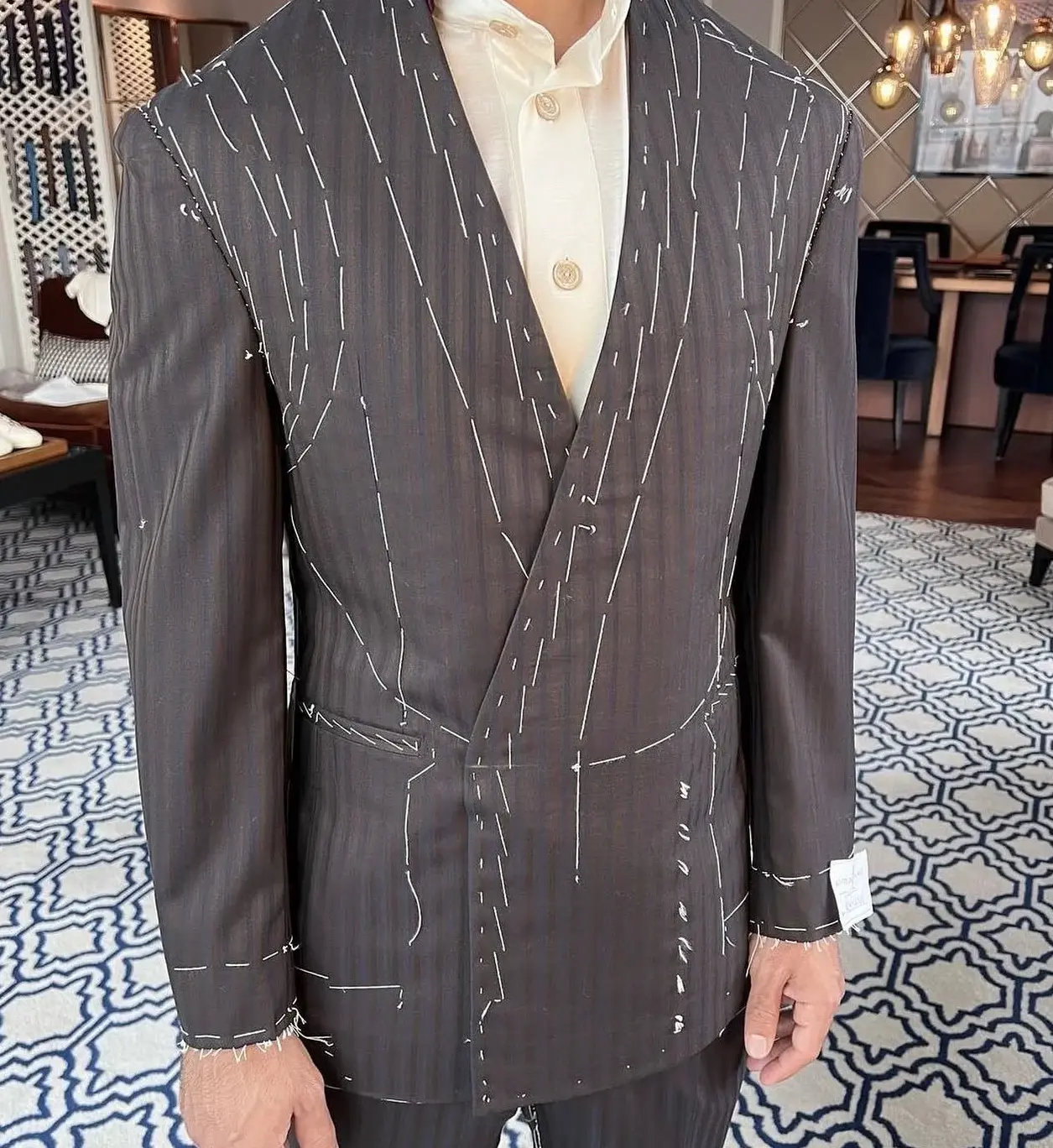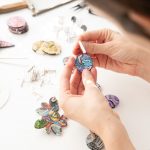
It was through music and the style in the wardrobe of her favorite bands that Wendy Pozo, 46, became interested in the world of design and tailoring. That path she opted for as a professional career has led her to showcase her creations at international events such as the recent Cannes Film Festival. In addition, in 2023 she was named one of the 100 most innovative people in Latin America, according to Bloomberg.
"My work projects Chile as a country that not only exports raw materials, but also ideas, art and design with depth," says Wendy Pozo.
The origin of a passion for design
How did your interest in fashion begin and what key moment made you decide to make it your career?
My interest in fashion was born through music. I was always inspired by the styles of my favorite bands, and I started trying to replicate or adapt the outfits I saw on them. But I realized that exactly what I imagined didn't exist, so I started transforming what I had at hand. It was in that process -between the search, the experimentation and the need to create something of my own- where I knew that this was not just a passion, but my professional path.

How do you consider that your work as a designer reflects the identity of Chilean women?
I started in the world of design from tailoring and men's clothing. From there I learned to value structure, detail and precision, and over time I began to transfer those codes to women's clothing. It was a very organic process, because I saw how many women -especially Chilean women- sought to express strength without losing sensitivity, elegance without giving up comfort or identity.
My work reflects that Chilean woman who has learned to move between the traditional and the contemporary, who carries history on her skin but also questions and transforms. I seek to reflect the strength, versatility and emotional depth of Chilean women. There is a unique mix in us: we are resilient, creative, often silent but intensely powerful. Each garment I create has something of history, of memory, and also of projection: because I believe in dressing women who not only want to look good, but feel represented and empowered.
Projecting Chile through design
How do you think your proposal contributes to project Chile's image internationally?
Taking pieces made in Chile to international catwalks is a way of saying: here too there is talent, vision and craft. My work projects Chile as a country that not only exports raw materials, but also ideas, art and design with depth. In this case not only catwalks but also film festivals like Cannes, Museo del Prado etc.. Through each garment I seek to make visible the creative force that exists in our country, highlighting an aesthetic with its own character, but able to dialogue with what is being done in the world. But always with the vision of each person I dress.
If you could dress Chile as a country for an international catwalk, how would that outfit be?
Chile would not be a static look, it would be a constant metamorphosis, like its seasons. An outfit that transforms as it moves down the runway, showing the diversity, resilience, beauty and strength of our land.
I would dress Chile with a new elegant and modern tailoring, reflecting its diverse and contrasting soul. A suit with clean and powerful lines, with colors that speak of our landscape: ocher from the desert, green from the forest, turquoise from the Pacific. Copper in the details, textiles with history, and a silhouette that mixes strength and sensitivity. It would be a look that walks with identity, showing that Chile is roots, evolution and beauty in constant movement.

If your next collection were to be inspired by an unconventional place in Chile (a desert, a forest, a traditional festival), what would it be and why?
I would be inspired by the ice, by the Chilean Antarctic. That pure white of millenary ice, that deep silence at the end of the world, hallucinates me. There is something sacred about dawn in that cold, with the tones of the sun staining the landscape in pinks, golds and pale blues. It is a beauty that does not scream, that imposes itself from the stillness. From there would come an ethereal, minimalist, elegant collection, as if each garment breathed that clean and eternal air.






